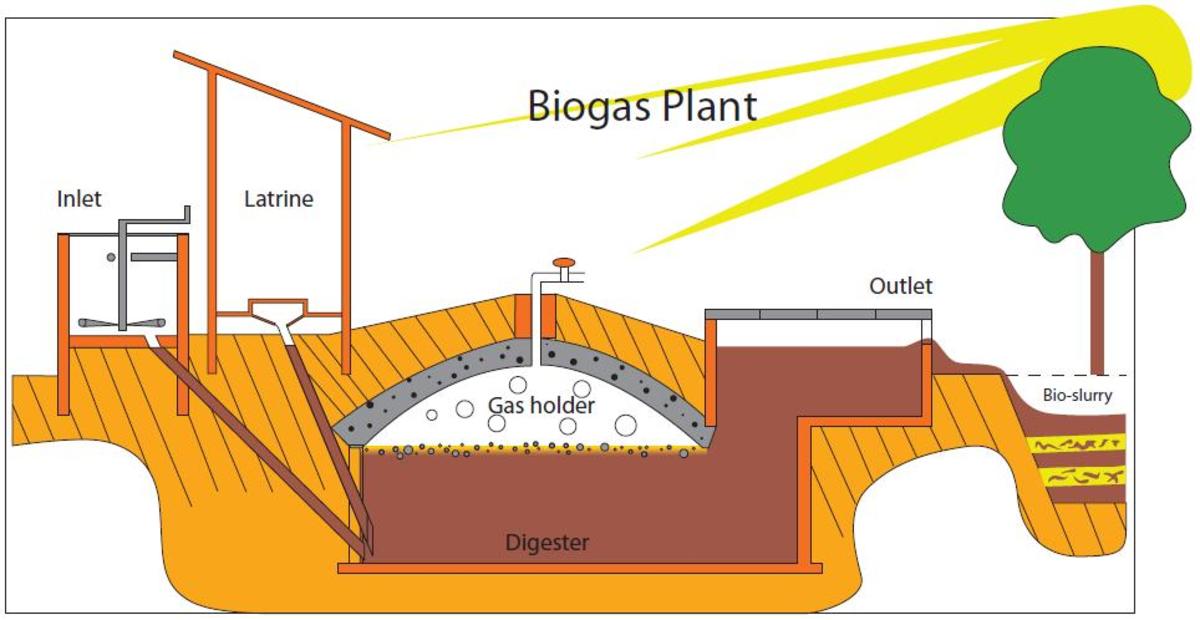Soils - Types of Soils

Soil is a mixture of weathered rock fragments and organic matter which has the capacity to sustain plant growth. Besides the minerals and organic matter soils also contain water and air. Most mature soils have a layered structure. The arrangement of the layers in soil is called its profile and each of the layers is called a horizon. The topmost layer, called A horizon is made up of the finest particles of rocks and it is also the layer which is richest in organic matter. The intermediate layer is called horizon B and the fragmented bedrock from which the soil has developed forms the C horizon of the soil. A horizon in soils of the rainy areas is called the horizon of leaching as the soluble minerals from this layer are removed by percolating water in solution. It is also called the horizon of depletion. These minerals moving' downwards from the upper layers are deposited in the B horizon. Therefore the B horizon is also called the horizon of accumulation.
Soils take a long time to develop and various processes operate to convert the weathered rock material into a true soil. A complex of such processes operating in an area, which depends upon the prevailing climatic and vegetation conditions, is called a pedogenic regime. The major pedogenic regimes are podzolization, laterization, calcification, salinization and gleization. The pedogenic regime of podzolization operates in the temperate regions where the temperature is low enough to prohibit bacterial action and rainfall is well distributed all the year round. The natural vegetation of such regions are the temperate coniferous forests. A lack of bacterial activity results in the accumulation of partly decomposed organic matter (humus) and the year round rainfall helps in leaching of the soluble minerals from the soil. Soils thus formed (e.g. the podzols) have a light colored top horizon and a dark colored B horizon. They are acidic in reaction.
The process of laterization operates in the areas of warm humid climate. A combination of high temperature and high humidity favours bacterial activity and chemical changes. Thus the parent material is thoroughly altered due to chemical weathering and there is no accumulation of humus even though the tropical rain-forest growing in such regions add a lot of organic matter annually. Leaching of silica makes the soil highly porous and deficient in soluble minerals. The soil is red colored due to presence of iron oxides on the surface. Laterite soils are a typical example of soils formed through laterization.
The pedogenic regime of calcification operates in climates with wai temp mature and ample but seasonal rainfall so that there is a distinct dry season. The leaching of soluble minerals is partial and during the dry season the water from the subsoil layers rises up through capillary attraction and brings with it soluble compounds such as calcium carbonate which are deposited in form of hard layers in the subsoil zone. Soils of grasslands in the tropical regions display these characteristics.
Salinization operates in warm dry regions where the lack of rainfall results in a lack of vegetation and the soils are thus light colored and deficient in organic matter. Lack of rainfall leads to lack of leaching and deposits of salts occur on the surface of soil. These salts contain chlorides and sulphates of sodium, potassium, calcium, magnesium etc.
Gleization occurs in the poorly drained areas of cool climate where the water logging is caused by fresh water. The organic matter does not decompose completely and thus forms a peaty layer. Soils of marshes in the temperate regions are a product of this pedogenic regime.
Different types of soils have developed in different regions of the world depending upon the climatic conditions prevailing there. However, all soils are not a result of the above mentioned pedogenic regimes. One of the most important soils is alluvial soil which is result of deposition of silt by rivers. It is one of the most fertile soils and it is found in the river valley plains and the delta regions. These soils do not have any horizons and they lack in organic matter. Regular deposition of mineral particles by rivers maintains their fertility and they support the highest densities of population in the world.








